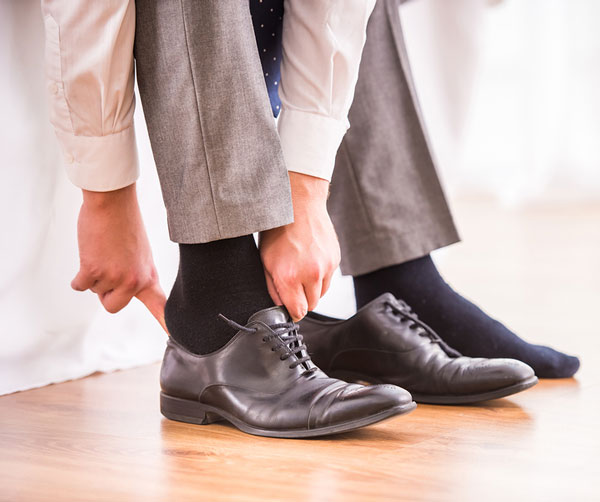Most of us don’t think about our feet very often, but they are certainly one of the most abused parts of the body. and if there is a problem, painful feet can really make your life miserable. how many times have you heard someone say “when your feet hurt, you hurt all over”? while everyone needs to give their feet attention, this is especially true for those with diabetes or blood flow problems. Nerve damage, or neuropathy, is common among people with diabetes and can cause loss of feeling in the feet. if one doesn’t feel pain, a simple injury such as a blister can become a serious infection before you find out that you have a problem.
People with diabetes can also have blood flow problems, or peripheral arterial disease (Pad), which can cause injuries to heal more slowly.
The good news is that there are things you can do to care for your feet. it all comes down to protecting them and being aware of any problems that occur before they become more serious.
7 Easy Foot Care Tips
1. Check your feet every day. Look for cuts, sores, blisters, foreign bodies (like splinters), redness or swelling around your feet and ankles and between your toes. If there is anything that is painful or looks different, call your healthcare provider immediately.
2. Keep your feet clean and moisturized. While showering, be careful not to excessively soak your feet; this can strip away the protective oils and cause them to become dry and cracked. Dry between the toes to help prevent infections, such as athlete’s foot. Use lotion to keep your feet soft and prevent against cracks or fissures. Never use lotion between the toes as it increases your risk for infection.
3. Treat cuts and sores right away. If you have a small sore or blister, use a wound wash or an antiseptic and cover with a bandage. If your sore gets worse or does not begin to heal after one-to-two days, call your foot care specialist or your primary care provider. It’s always better to be seen for a false alarm than to end up in the hospital.
4. Keep your toenails trimmed. Cut your nails straight across. If your nails are too thick or are hard to cut, a podiatrist (foot care specialist) can cut your nails and care for any thick or discolored nail tissue. If your toenails become red and infected, call your podiatrist or healthcare provider.
5. “Bathroom surgery” is never a good idea. Do not trim, shave or use over-the-counter medications to dissolve corns and calluses. The risk of doing more harm than good is just not worth it. Your podiatrist or healthcare provider can help you safely care for corns and calluses.
6. Buy shoes that fit. Shop for shoes later in the day because swelling can affect shoe fit. Ill-fitting shoes or boots can cause blisters and sores that can easily become infected. Have your feet measured from time to time to be sure your size has stayed the same.
7. Protect your feet from both hot and cold. If your feet become numb from nerve damage, you can burn your skin without knowing it. Check your bath water with your elbow rather than your toes. Be careful of hot pavements, sidewalks or sand at the beach which can also burn your feet. Avoid putting your feet on radiators, space heaters or heating pads. To protect from the cold, wear wool socks, and if your feet get wet, change your shoes and socks as soon as you can.
By Guy Pupp, DPm, FACFAS
chairman of the board
save a leg, save a life foundation

